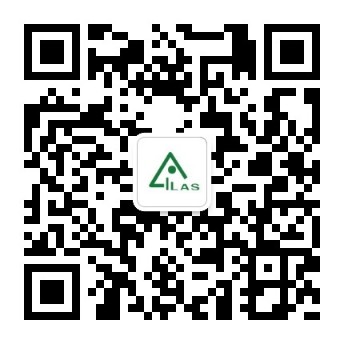Challenge and polymorphism analysis of the novel A (H1N1) influenza virus to normal animals.
Virus Res. 2010 Jul;151(1):60-5. doi: 10.1016/j.virusres.2010.03.019. Epub 2010 Apr 8.
Challenge and polymorphism analysis of the novel A (H1N1) influenza virus to normal animals.
Bao L, Xu L, Zhan L, Deng W, Zhu H, Gao H, Sun H, Ma C, Lv Q, Li F, Chen H, Zhang L, Qin C.
Key Laboratory of Human Diseases Comparative Medicine, Ministry of Health, Institute of Laboratory Animal Science, Chinese Academy of Medical Sciences (CAMS) & Comparative Medicine Centre, Peking Union Medical Collage (PUMC), Pan Jia Yuan Nan Li No. 5, Chao Yang District, Beijing 100021, China.
Abstract
The novel influenza A (H1N1) virus that emerged from April 2009 in Mexico has spread rapidly to many countries and initiated a human pandemic. It is important to determine whether the virus has existed in, or will spread to, normal household animals, and whether A (H1N1)-like viruses derived from the animal is able to proliferate in cell lines derived from human. In this current paper, familiar animals, including pigs, chickens, ducks, cats, dogs, rats, mice, and Brandt's voles were challenged with the novel influenza A (H1N1) virus, and genetic variations of the viral genome were analyzed after three passages in the susceptible animals. To further determine the virulence of these animals derived influenza A (H1N1)-like viruses, viral replication dynamic curves were monitored after inoculation in MDCK cells and human A549 cells. Our results indicated that pigs, BALB/c mice, and Brandt's voles, but not chickens, ducks, cats, dogs, and rats, could be infected by the novel influenza A (H1N1) virus. Genome sequence alignment results showed that there was one genetic variation (G408T) in the HA gene of Brandt's vole derived virus and another one (C194A) in the NA gene of BALB/c mice derived virus, and the virulence of these two viruses in MDCK and A549 cells was significantly lower than the virus originally derived from human beings.
全文链接:https://www.sciencedirect.com/science/article/pii/S016817021000119X?via%3Dihub

 WeChat
WeChat